How to Grow Good Cabbage?
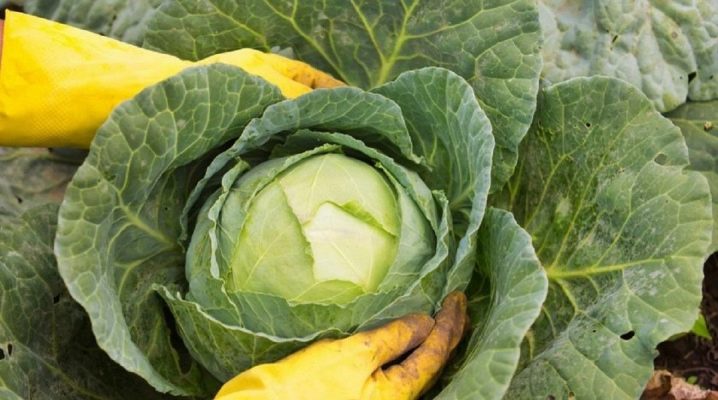
Cabbage is mainly grown on open plantations, as it is problematic to care for it in a greenhouse. To get a decent harvest, you need to comply with all agrotechnical measures. This process is laborious, but without completing all the stages, it will not be possible to grow high-quality heads of cabbage.
In the article we will tell you how to grow good cabbage: how to sow seeds for seedlings, when to plant it in open ground, how to care for a crop and prevent the invasion of pests and diseases. You can also find out what maintenance tips experienced gardeners give.
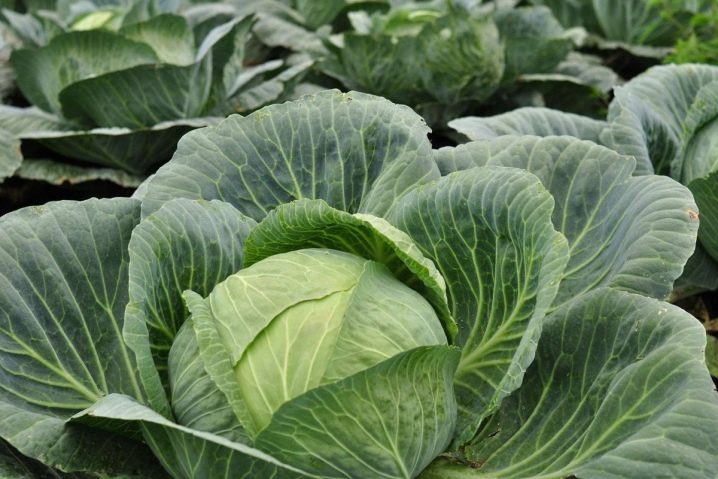
Sowing seedlings
To get good shoots, you need quality seeds. When buying seed, it is better to give preference to proven brands. Be sure to pay attention to the timing: seedlings will give seeds no older than five years of age. Seeds may already be prepared for planting: these have a bright shell and are immediately sown for seedlings.
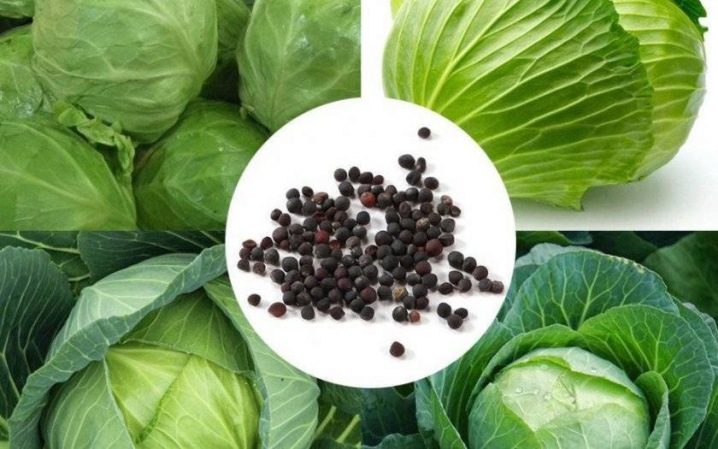
If you bought the usual ones, then you have to work with them. First, it is necessary to calibrate and select only grains suitable for sprouting.
To discard low-quality specimens, place all seeds in 3% saline solution. Those that will sprout will sink to the bottom, while "dummies" will float up. The grains selected for sowing are disinfected in a manganese solution: they are kept for 20-25 minutes in slightly pink water, colored with potassium permanganate. Then they are left on paper towels moistened with a growth stimulator for swelling for 3-4 days. After that, the seeds go through a hardening process: during the day they are kept at room temperature, and overnight they are placed in a refrigerator. Such manipulations are done within 2-3 days.

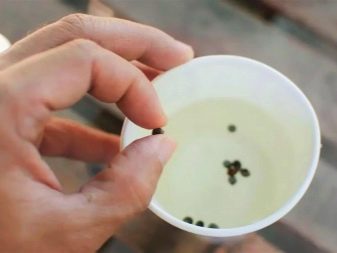
The soil for seedlings can be bought ready-made (sold specifically for cabbage) or made by yourself. For one of the recipes, you will need black soil and low-lying peat (2 parts each), humus and river sand (1 part each). For each bucket of such a mixture, add 1 tablespoon of superphosphate and ash (wood).
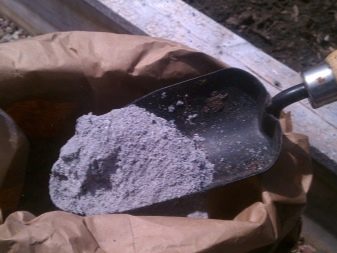
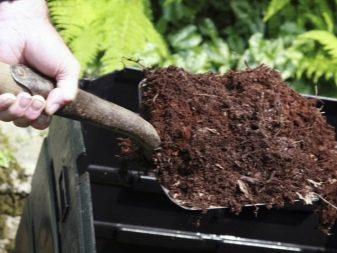
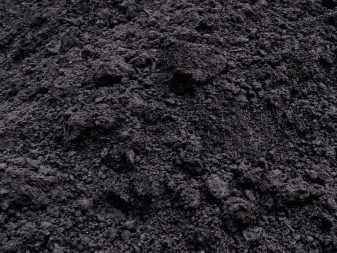
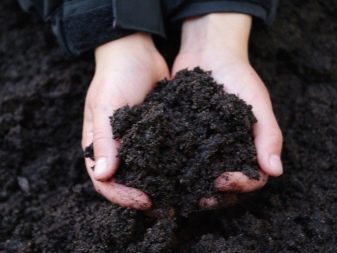
Seeds are sown in grooves to a depth of 1 centimeter, keeping a distance of 4-5 cm between them. When watering, you need to use a spray bottle, then cover the pots with covering material. The temperature should not be lower than +18 degrees, but it is not worth maintaining more than +22 degrees. In such conditions, the first shoots will appear after 5-7 days. The shelter is removed and the seedlings are kept at a temperature of + 15-17 degrees during the day and not lower than + 8-10 degrees at night.
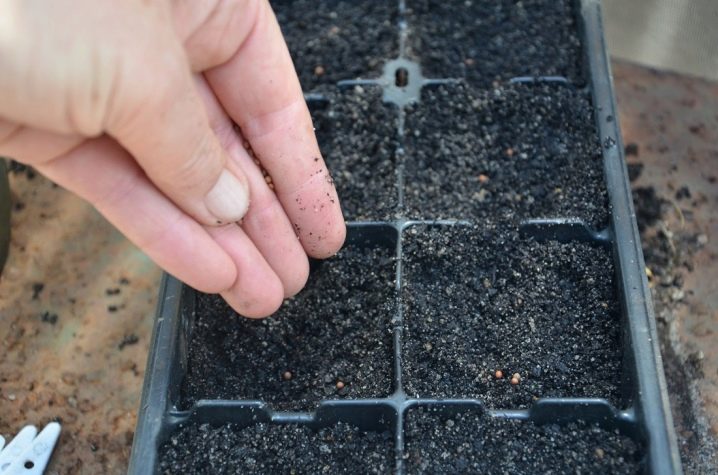
Plants at this stage need to provide 15-hour daylight hours. As soon as the sprouts give 2-3 leaves, the seedlings are dived into separate small cups (you can use plastic ones, but it is better to use peat ones anyway). At the same time, the central root is shortened by a third: it provokes the formation of lateral processes, and this is undesirable. Its yield depends on the correct implementation of these measures at the initial stage of crop growth.

This is how white cabbage varieties are grown, as well as subspecies with purple leaves.
Landing in open ground
Two weeks before planting in open ground, or at least 10 days before, the seedlings begin to harden, so it adapts faster to new conditions and grows better. Hardening consists in leaving the sprouts in the fresh air for an ever longer period.
They can withstand temperatures even at +5 degrees.If the weather permits, then a few days before the transplant, cabbage seedlings are completely left to day and sleep outside. The timing of planting seedlings in open ground may vary depending on the variety, region and climatic conditions.
The cultivation technology and agricultural technology are the same, only the timing of planting and harvesting may differ. In the southern and middle latitudes, cabbage seedlings are usually transplanted from late May to early June.

Each bush should have at least 5-6 leaves and a height of at least 10 centimeters.
A place
Cabbage is not planted in the shade: in order for it to give a good ovary, bloom and form a high-quality head of cabbage, the site must be under the sun. It is better to decide in the fall where the cabbage will grow in the new season, and start processing this zone in advance: fertilize it, loosen it up, and so on.
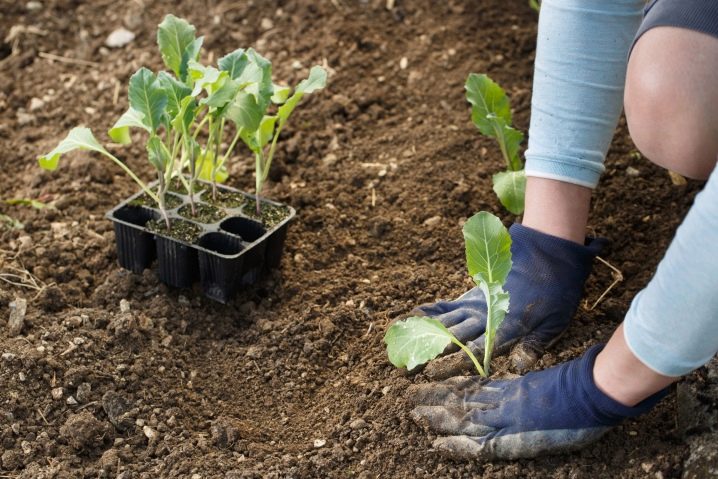
Technology
The marking of the beds is done in such a way that the rows are at a distance of half a meter from each other (depending on the variety, this distance can reach 70 cm). It is also better to leave up to half a meter between the holes. To grow a good harvest, it will be correct to follow the instructions depending on the variety. Humus (up to 1 kg) and ash (up to 500 g) are poured under each seedling, the root and stem are deepened into the ground until the foliage begins. Water the bush and sprinkle dry earth on top. Cabbage seedlings are not afraid of small frosts, they will withstand temperatures up to -5 degrees.
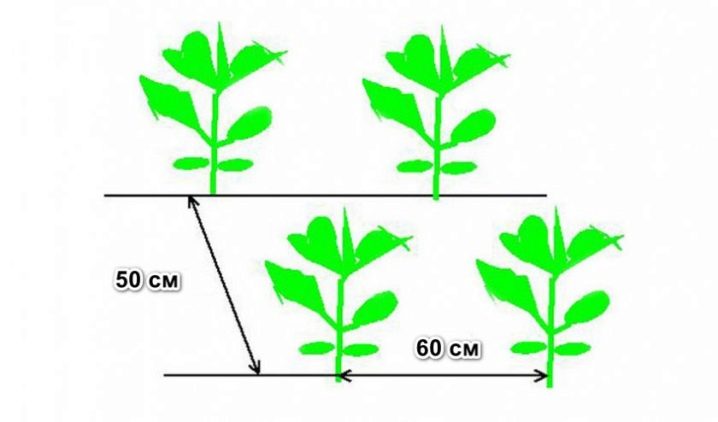
In unfavorable weather conditions, it is still better to insure and cover the seedlings with agrofibre, having previously erected a wooden frame over the cabbage beds. This is especially true for the Siberian area, the Urals. Further growth will depend on how you care for the plantings.
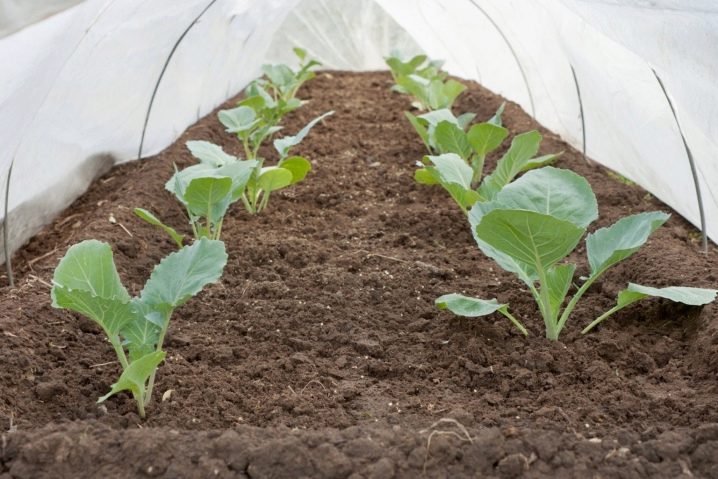
Watering
Regular watering is one of the conditions for good head formation and growth. But if the head of cabbage bursts inside, it means excess moisture. This usually happens during the rainy season. If the weather allows you not to water, do not add excess moisture to the ground. At the same time, it must be understood that the root system of cabbage is shallow and it feeds from the upper layer, therefore it is always kept in a moist state, especially immediately after transplanting seedlings into open ground.
During this time, in sunny weather, you can water daily. When heads of cabbage begin to form, the crop can be watered once a week. You need to constantly monitor the condition of the soil. For this, experienced gardeners use a simple test. Take a handful of earth and form a lump. If the earth does not bunch up, this means that the soil is dry, the plant needs watering for a long time. If a lump has formed, but broke when hitting the ground from a meter height, this also indicates that it is time to water the cabbage.
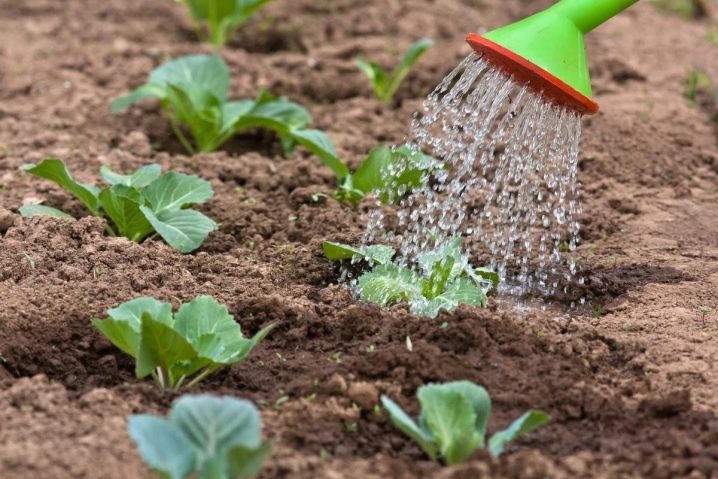
But if the lump did not break from a meter height, remained intact and sticky, then you can wait until the soil is moistened.
Cabbage needs moisture, but this does not mean that the site needs to be turned into a swamp. This is a favorable environment for the development of fungus and other diseases, in addition, the root system can rot if excessive moisture is present. The best watering method for cabbage is with drip irrigation. If you use the sprinkling method, then it is better to do this early in the morning before the sun appears. It should be noted that with this method of watering slugs and snails often appear, which can take a lot of time to fight.
By the way, ash repels slugs, therefore, if after watering you dust the cabbage beds with ash dust, you will not only save the plant from the pest, but also feed the bush with a useful element. Watering is stopped about 20 days before the heads of cabbage are harvested. If you water the cabbage to the last, then the heads of cabbage can burst.

How and how to fertilize?
In the process of growth, the culture absorbs all the nutrients from the soil, which is why it is so important to prepare the soil for cabbage plantations in the fall, including they need to be well fertilized. In addition, it is important to feed the bushes after planting in open ground. This is enough for early varieties, but medium and late cabbage in the process of growth has to be fed more. However, early fertilization with potassium before the formation of heads of cabbage does not hurt. It is not added immediately, since potassium is rapidly destroyed.
Usually, 2-3 weeks after planting the seedlings, the bushes are fed twice with potash fertilizer with an interval of 10 days. For this, for example, a solution of potassium monophosphate is suitable (10 g per 1 square meter is used). You can also use complex formulations that contain potassium. They must be used according to the instructions. Medium and late varieties after potash fertilization are fertilized with liquid organic matter. For this, cow dung, bird droppings, freshly cut grass or weeds are insisted in water.
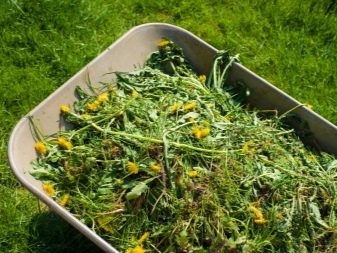

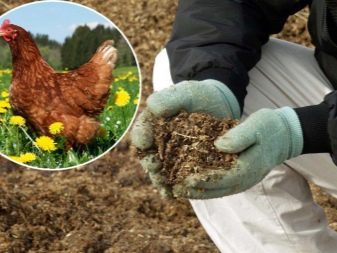
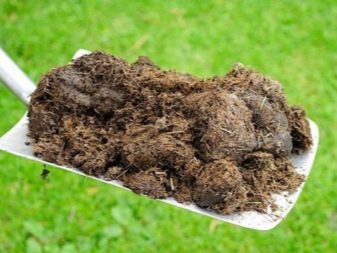
Any of these ingredients (fresh) is placed in a barrel, stirred in warm water and left to ferment for about a week, maybe 10 days. The liquid is poured in approximately the same volume: 3 kg of mullein, 1.5 kg of bird droppings, 10 kg of grass are taken for 15 liters of water.
Then the infusion is diluted with water (1 liter per bucket of water) and the cabbage is poured under the root. One bucket is enough to water four cabbage bushes. Medium varieties are watered with such dressing 2 times, late - 3-4 times.
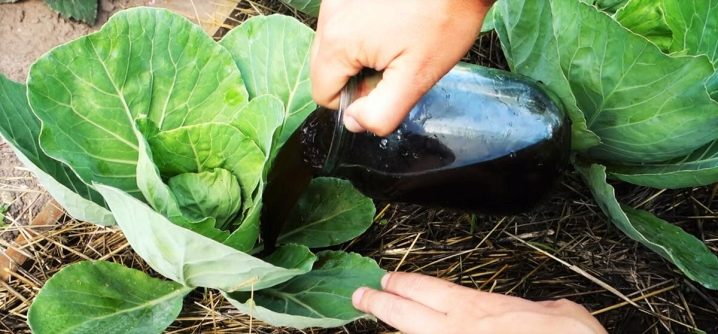
This crop loves a good nutrient medium, but both watering and feeding of cabbage are stopped 3 weeks before harvest.
Diseases and pests
Cabbage must be protected from slugs, snails, ants, dark caterpillars, various worms, aphids, cabbage flies. In addition, you need to process it from cruciferous fleas. At home, all this is possible. Spraying with folk remedies or getting rid of pests with industrial preparations - each gardener makes a decision independently.

So, to fight insects, you can sprinkle the plant with a soap solution made from laundry soap (72%), garlic infusion, or buy highly specialized chemical compositions. In difficult cases, when the bush withers from the fact that a pest eats it, when it is covered with black dots, the culture can be saved with "Karbofos", "Tiofos".
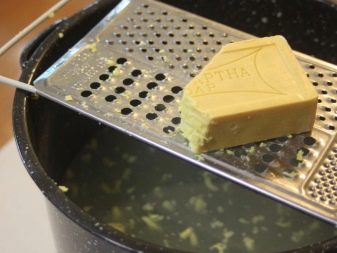
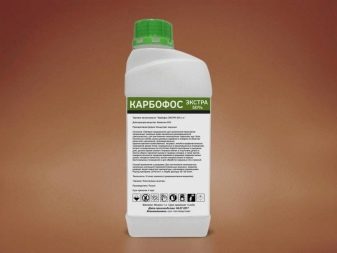
Dark spots around the head of cabbage indicate a turnip mosaic - this is a viral disease for which, unfortunately, there is no cure. Prevention is of great importance here, and if the plant turns black and rots, it is pruned at the very base and destroyed. The same applies to seedlings that are cut at ground level.

In the future, soil disinfection is carried out on such beds. For preventive purposes, disinfecting measures are carried out on the soil in the spring. If the cabbage at different stages of development lies down, turns yellow, cracks, stretches, or you notice other similar signs, then this may indicate the following fungal diseases:
- powdery mildew;
- fusarium;
- white rot;
- cabbage keel and so on.
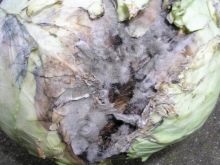
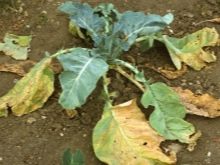
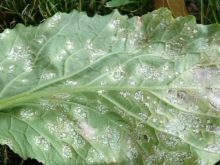
If you stop their spread in time, then cabbage plantations can be saved. Watch for symptoms.
Disease prevention
To prevent the spread of the fungus, you need to loosen the soil around the bushes in cabbage beds. It is better to loosen it with a special ripper, but if the planting area is small, then you can handle it with a simple table fork. It is better to carry out this event after each watering, as soon as the soil is slightly crusty. Ash is considered a faithful friend of cabbage, which not only nourishes the crop, but also protects against pests. Sift the ash and sprinkle it on the plants once a week or every 10 days.
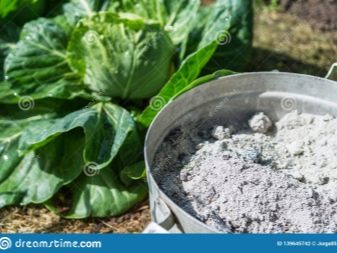
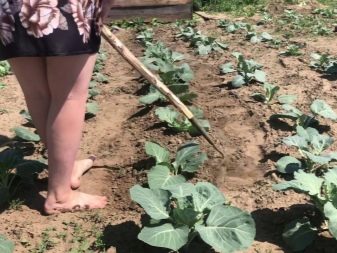
Such a regular procedure will scare away harmful insects from cabbage beds. For the same purpose, plant marigolds near, and if this is not possible, the infusion of these flowers will also scare away pests from cabbage, as, incidentally, the infusion of garlic. Such infusions are good not only for preventive purposes, but also directly in the fight against creatures that have already appeared. If you cannot cope with folk remedies, you will have to turn to industrial drugs.But if you take good care of the crop, you will not need chemicals, and their use is undesirable if you want to get environmentally friendly products.
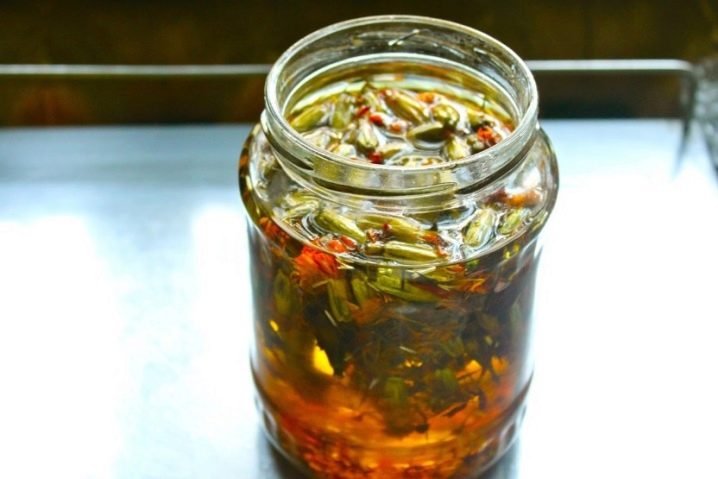
Tips from experienced gardeners
Cabbage loves light, therefore, shaded areas are not allocated for its plantations, otherwise it will simply let the leaf go, and will not form heads of cabbage. To get a good harvest, seasoned gardeners are advised to plant cabbage on a flat, well-lit area. The culture is unpretentious to the soil, but it grows better on loose soil. It is better to prepare the beds for cabbage seedlings in the fall. During plowing, organic matter and mineral fertilizers are applied. In the first case, it can be compost, humus, peat composition at the rate of 7-8 kg per 1 square meter, and as a mineral composition, you can use, for example, superphosphate at the rate of 30-40 g per 1 square meter.
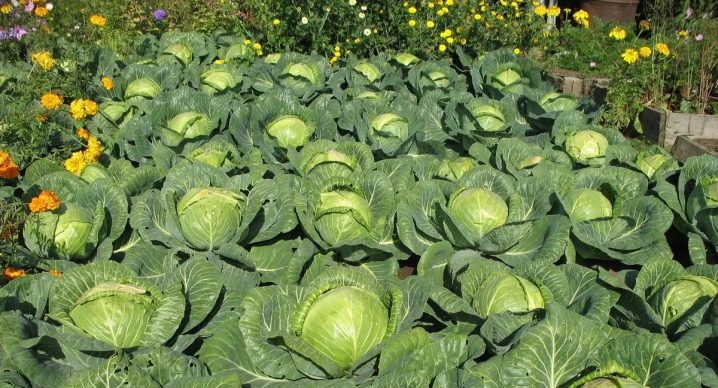
Cabbage does not like an acidic soil environment, therefore, if necessary, for deoxidation, dolomite (limestone) flour or fluff (0.5 kg per 1 square meter) can be mixed into the ground, and in the spring, add urea (1 tablespoon per 1 square meter).
Experienced gardeners pay attention to such an important point as the observance of crop rotation when growing cabbage. This culture thrives in place of potatoes, tomato beds, after beans and other legumes. But after turnips, radishes, rutabagas, horseradish, mustard, and other types of cabbage, it is better not to plant the culture.



Only after 3-4 years it will be possible to plan cabbage plantations in these places.
A hardworking gardener will certainly receive gratitude in the form of beautiful fat-bellied heads of cabbage at the end of the season. To preserve them longer, the heads of cabbage are plucked together with the root. They clean the rhizomes from the ground, cut off excess foliage, leaving only 3-4 integumentary leaves, and hang them on a string or wire with a stump up in a storage room.
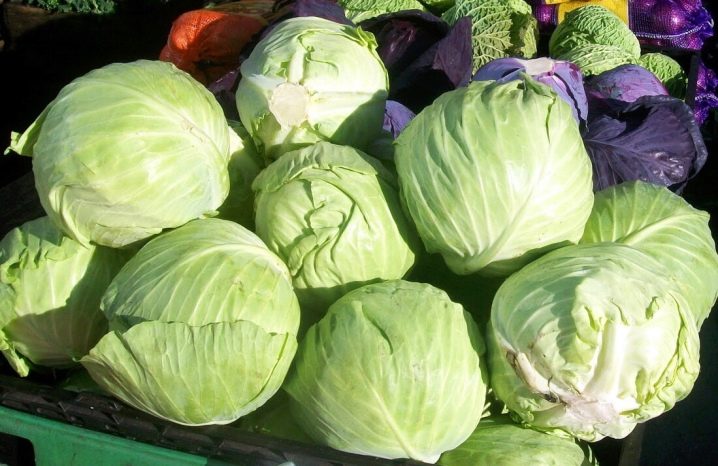













The comment was sent successfully.